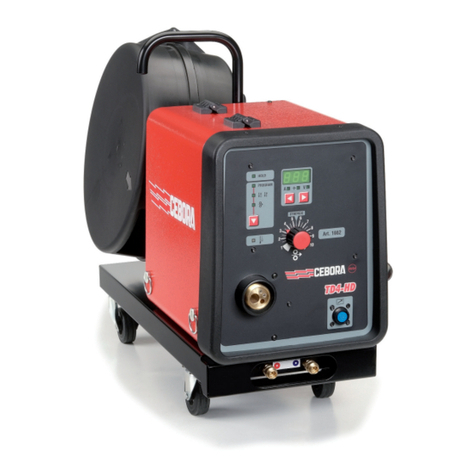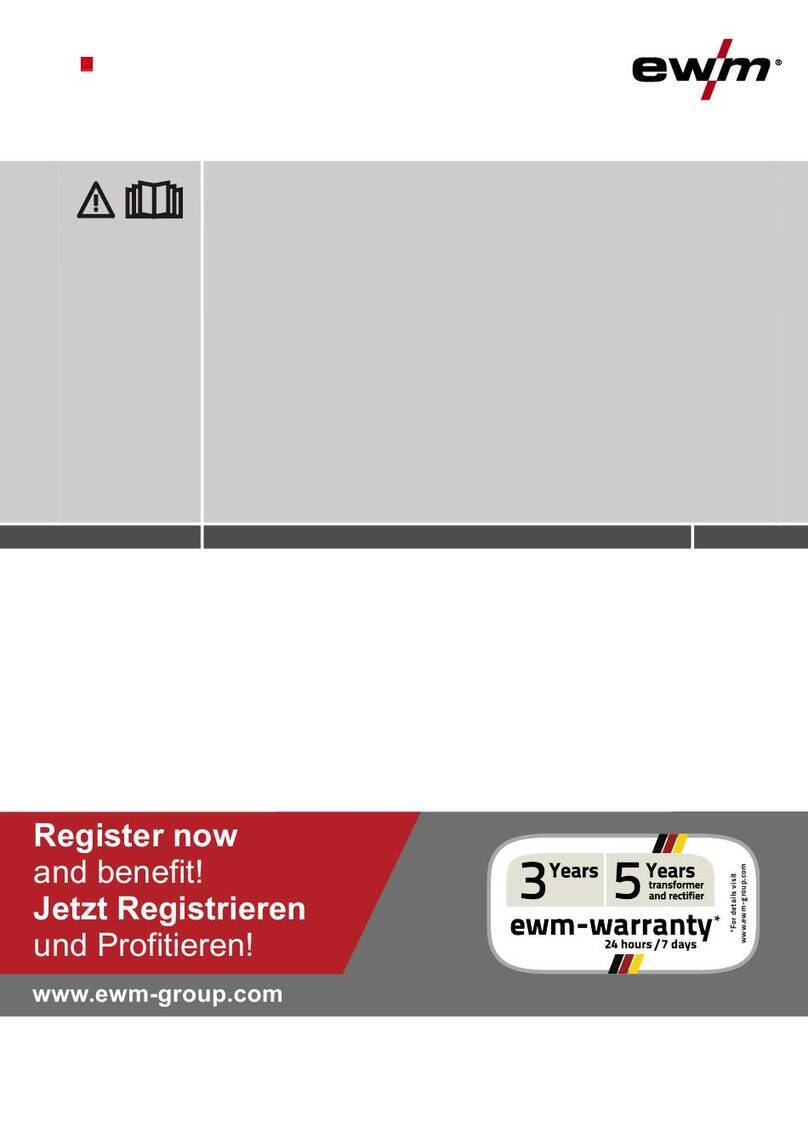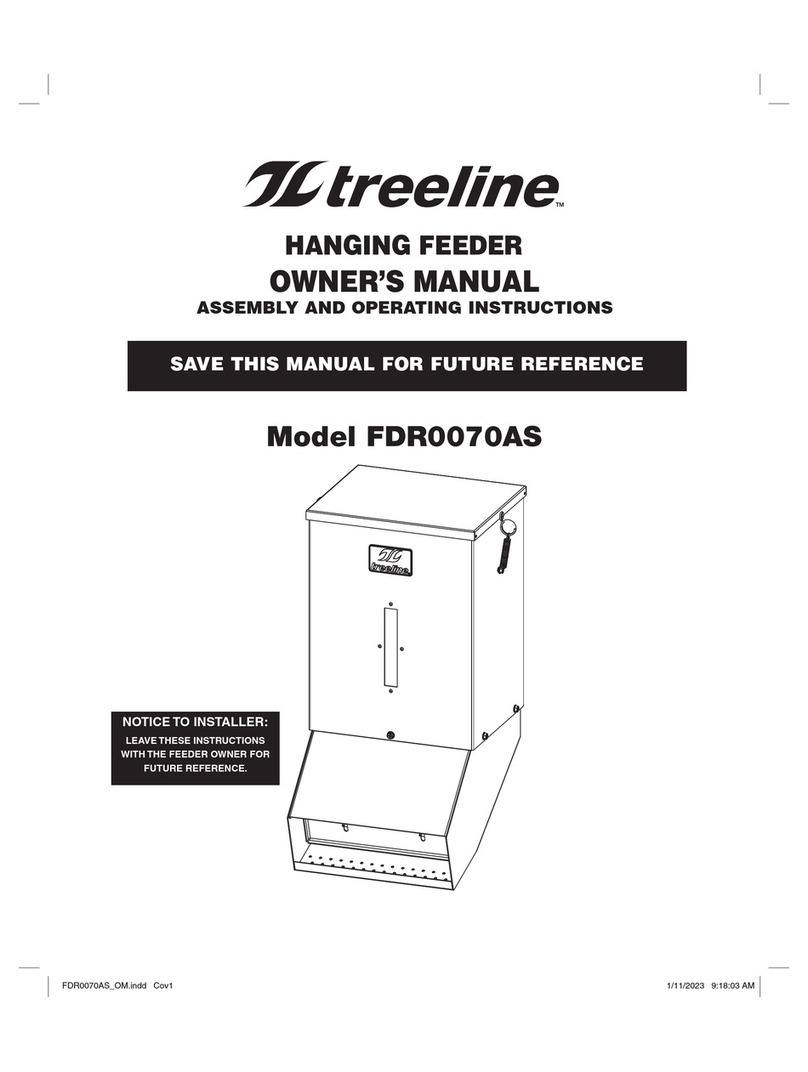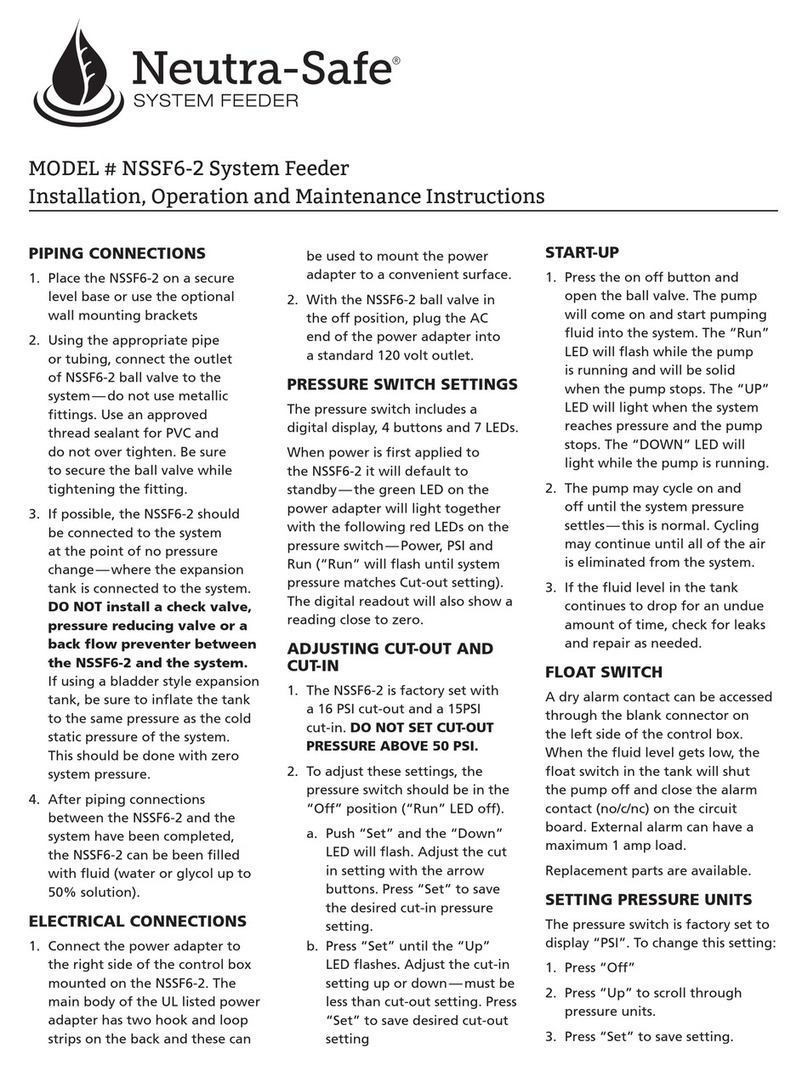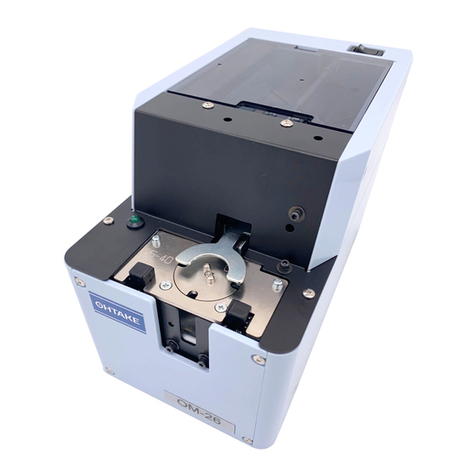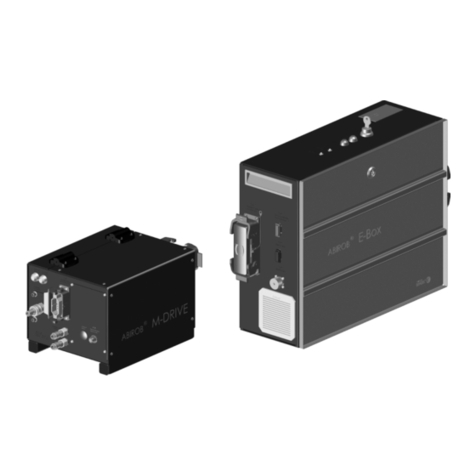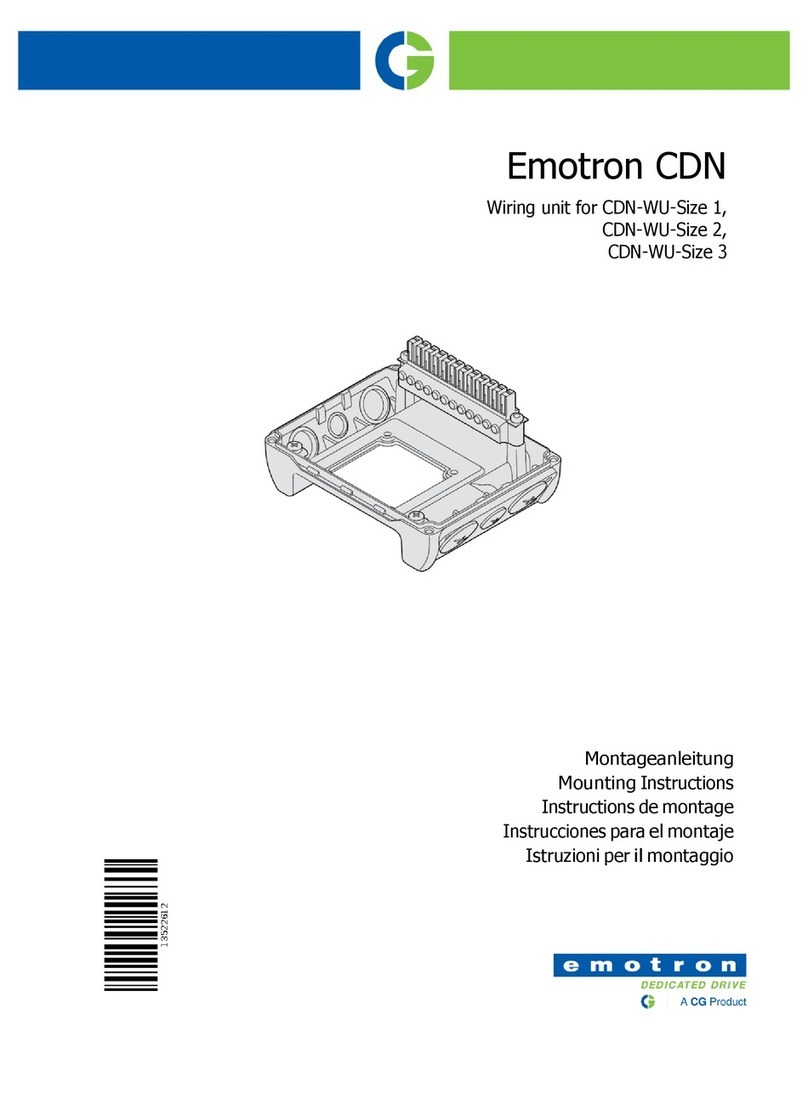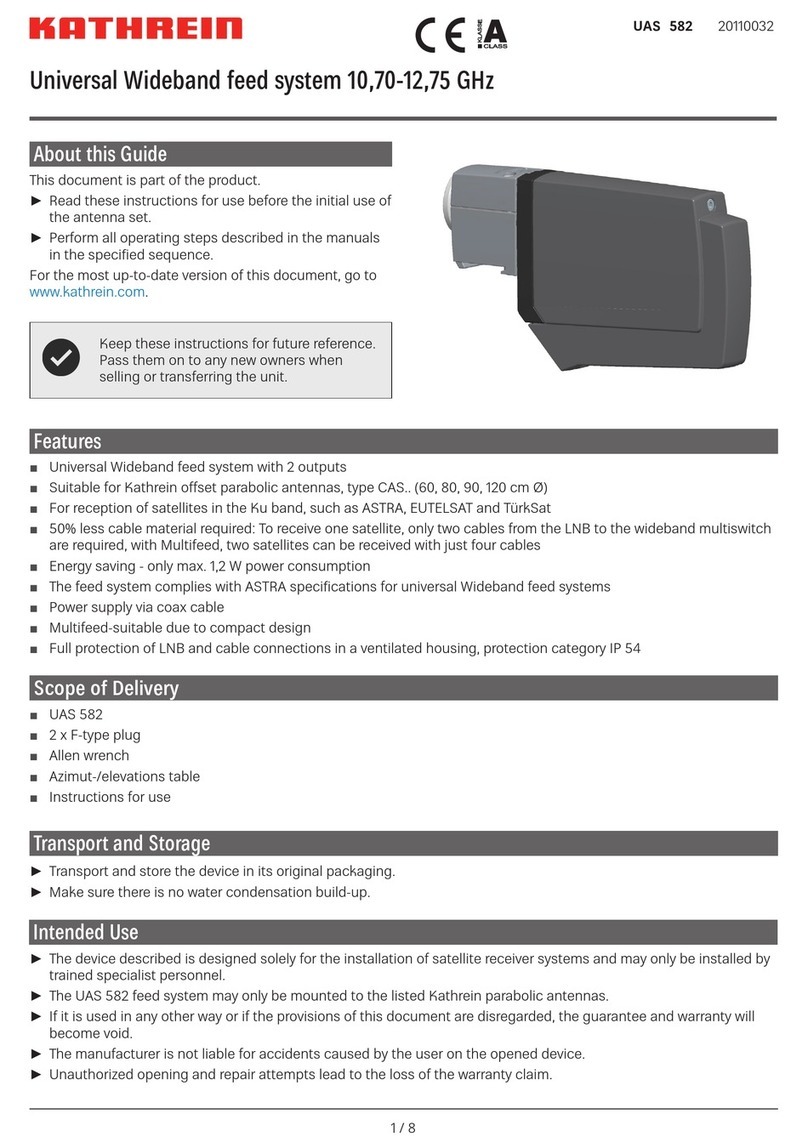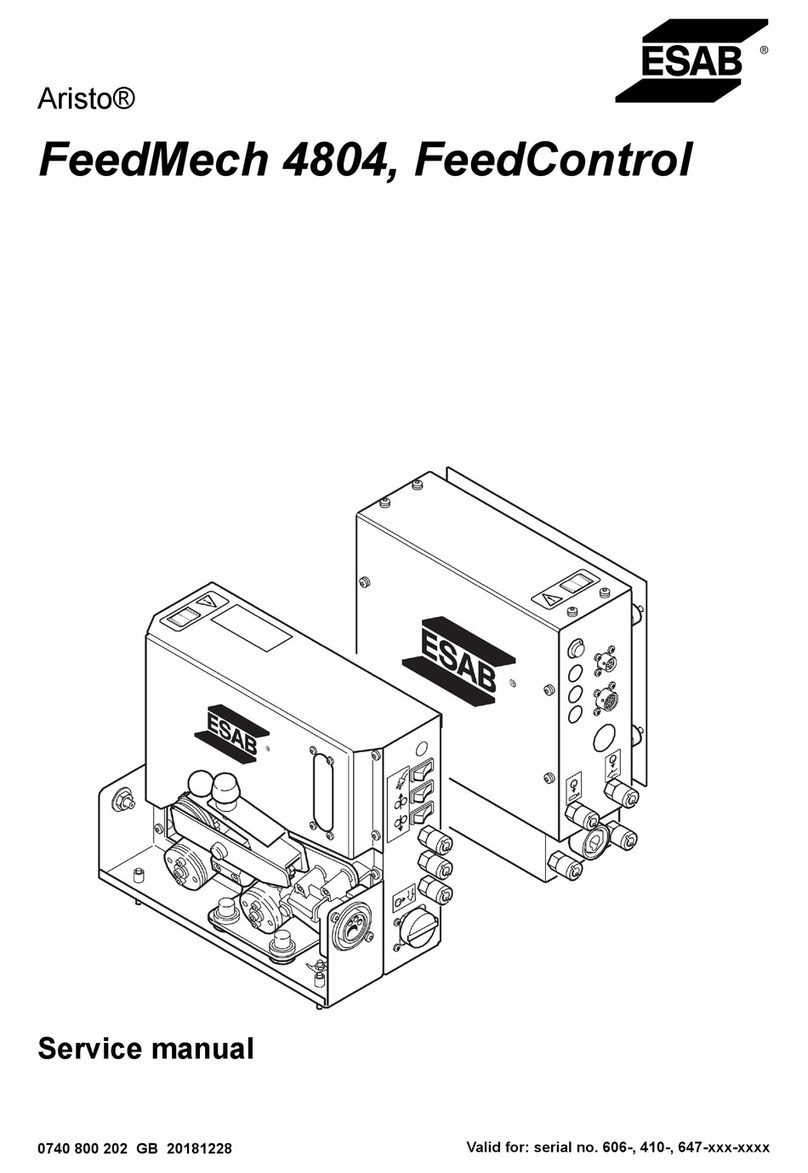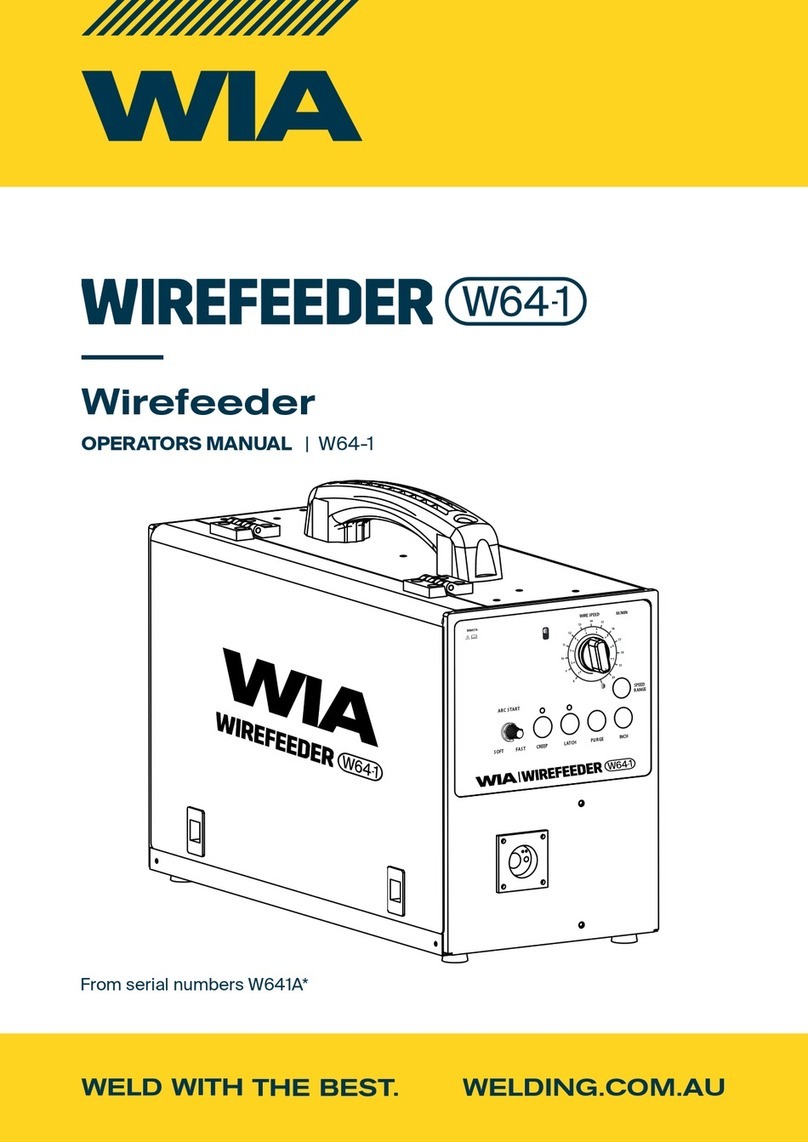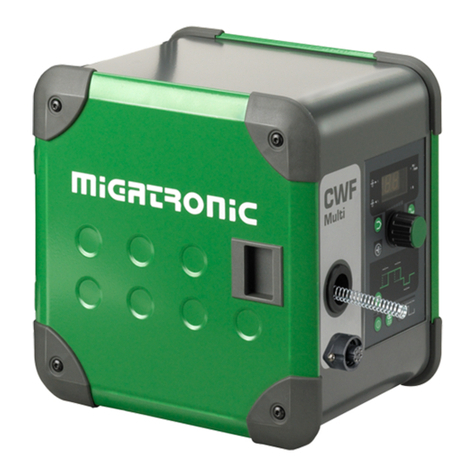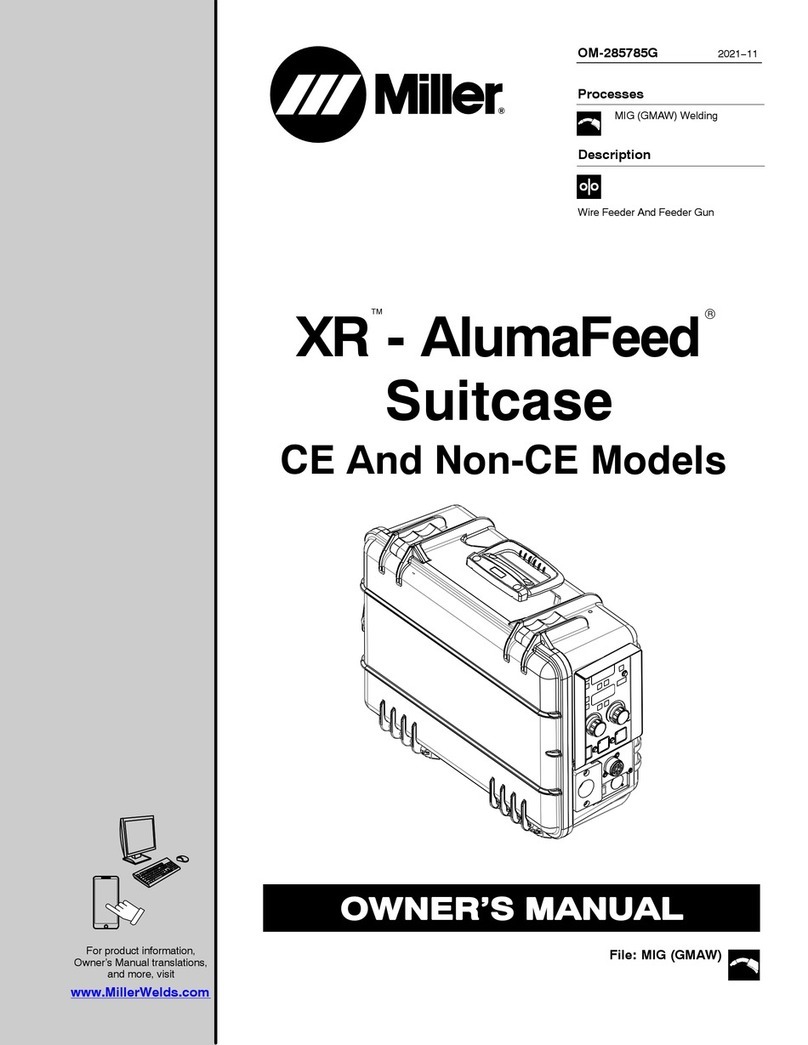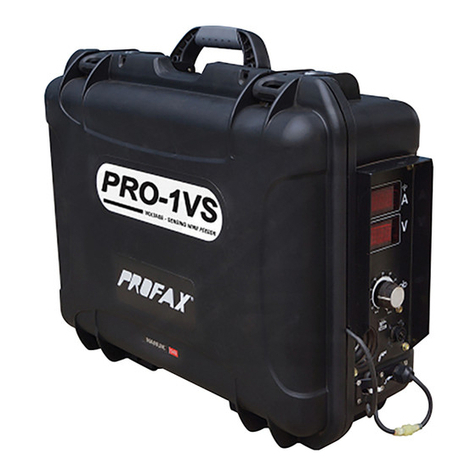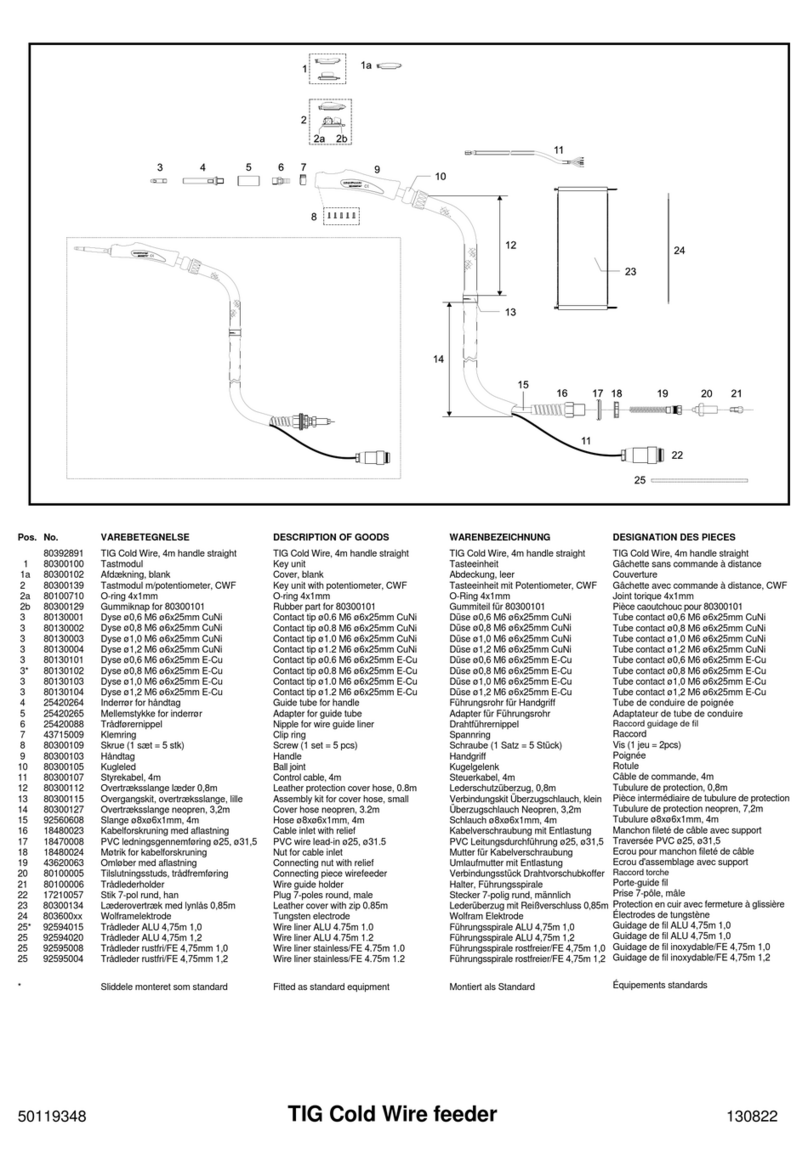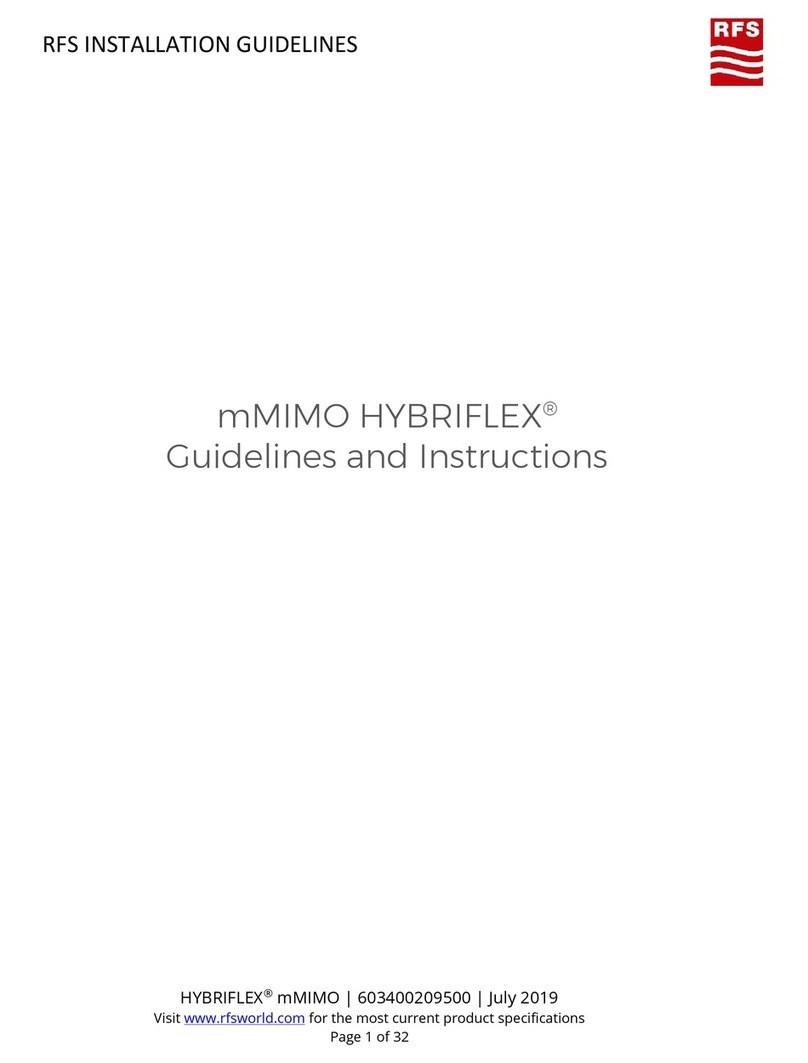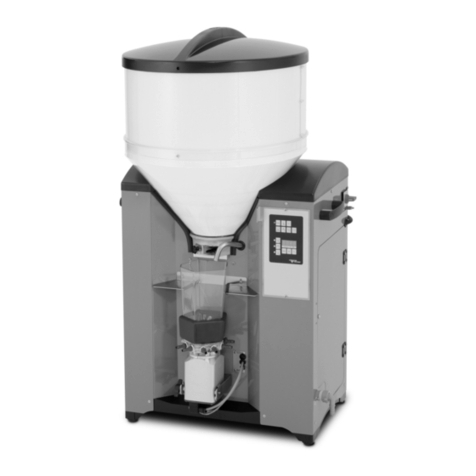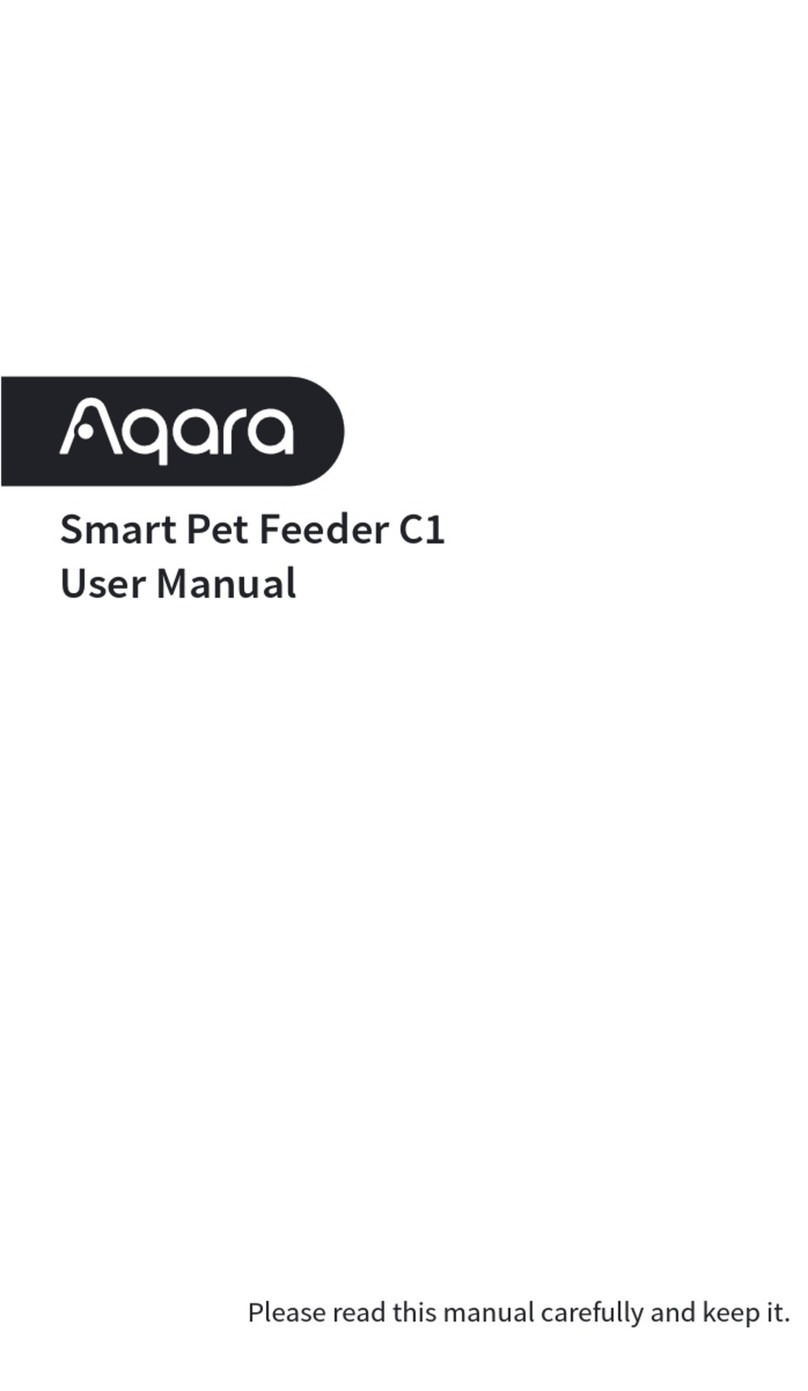3
Contents
1Overview of this machine............................................................................................................ 5
2Before use....................................................................................................................................... 5
3Operating precautions................................................................................................................. 6
4Name of Machine parts................................................................................................................ 9
5Adjustments and checks before use ......................................................................................10
5.1 Checking the model number of the body ......................................................................... 10
5.2 Basic operation...................................................................................................................... 12
5.2.1 Amount of screws to be loaded ............................................................................... 12
5.2.2 Loading the screws..................................................................................................... 13
5.2.3 Turning ON the power ............................................................................................... 13
5.3 Checking and adjusting the brush...................................................................................... 14
5.4 Checking and adjusting the passing plate ........................................................................ 15
5.5 Checking and adjusting the rail vibration ......................................................................... 16
5.6
Checking and adjusting the holding plate
..................................................................... 18
5.7 Checking and adjusting the front/rear sides of the rail ................................................. 19
5.8 Checking and adjusting the timer ...................................................................................... 20
5.9 Installing the additional “Nejikura” Screw hopper .......................................................... 21
6Maintenance.................................................................................................................................22
7Parts adjustments and replacements ....................................................................................23
7.1 Replacing and Adjusting the Brush .................................................................................... 24
7.2 Replacing the main motor ................................................................................................... 25
7.3 Operation Timing After Replacing the Main Motor ........................................................ 26
7.4 Replacing the rail................................................................................................................... 27
7.5 Replacing the passing plate ................................................................................................ 28
7.6 Replacing and adjusting the escaper and the robot escaper guide ............................. 29
7.6.1 Replace the escaper and robot escaper guide....................................................... 30
7.6.2 Check and adjust the position of the robot escaper guide. ................................ 31
7.6.3 Adjust the escaper notch position........................................................................... 32
7.6.4 Explanation of the escaper movement before adjusting the sensor ................ 34
7.6.5 Checking and adjusting the sensor.......................................................................... 36
8Operational check.......................................................................................................................37
9Application with Robotic System............................................................................................38
9.1 Installation with Robotic System........................................................................................ 38
9.2 External output signals ........................................................................................................ 39
9.3 Robotic operations ............................................................................................................... 40
10 Miscellaneous...............................................................................................................................41
10.1 Overload Protective Circuit.......................................................................................... 41
